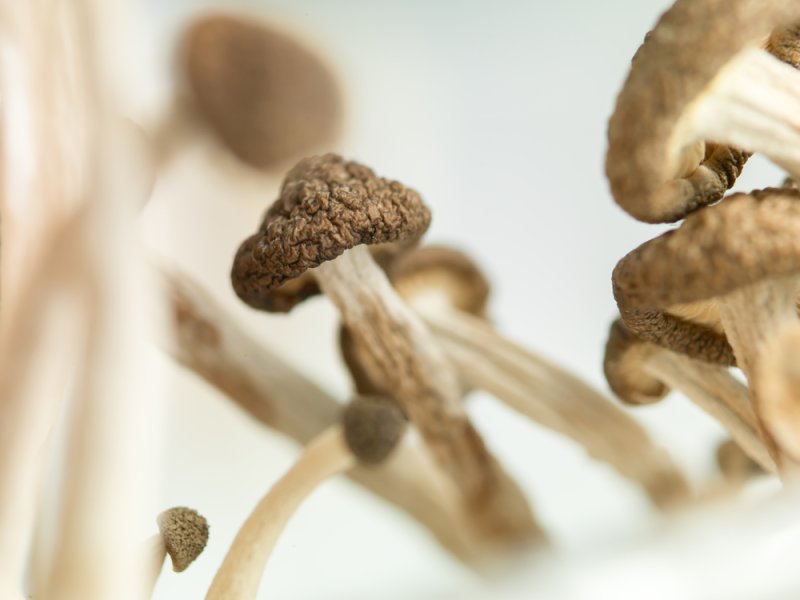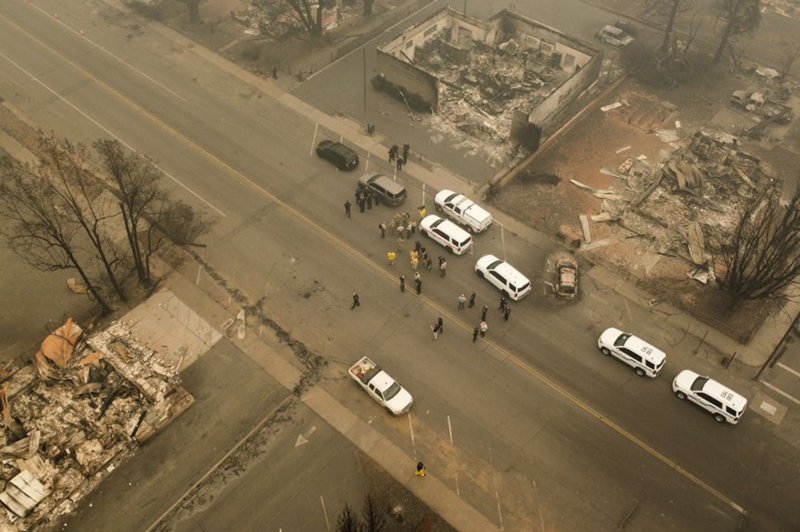
Solid majorities of Americans backed providing tax credits for the installation of solar power and other types of clean energy systems in homes.
File Photo by John Angelillo/UPI | License Photo
April 11 (UPI) -- Americans decisively support a series of six policy proposals to fight climate change backed by the Biden administration, according to a Gallup Poll released Monday.
The poll results showed that by varying degrees, solid majorities of U.S. residents back such climate proposals as providing tax credits for installing home clean energy systems to spending federal money on constructing electric vehicle charging stations.
At the high end of the scale, 89% of respondents favored the clean energy tax credit idea, while the least favorable response was the 59% who backed federal spending on charging stations, Gallup reported.
In between, the pollsters found that 75% backed providing tax incentives to businesses to promote their use of wind, solar and nuclear power and 71% supported setting higher fuel efficiency standards for cars, trucks and buses
Also, 62% favored establishing strict limits on the release of methane in the production of natural gas, while 61% backed providing tax credits to individuals who purchase electric vehicles.
All six of the proposals were included in President Joe Biden's $1.75 trillion Build Back Better Act introduced last year, which stalled in the Senate when two key Democrats, Sens. Joe Manchin of West Virginia and Kristin Sinema of Arizona, withheld their support for the measure in December, Manchin said he would not vote for the bill, citing factors including inflation worries, the COVID-19 pandemic and "geopolitical unrest."
April 11 (UPI) -- Americans decisively support a series of six policy proposals to fight climate change backed by the Biden administration, according to a Gallup Poll released Monday.
The poll results showed that by varying degrees, solid majorities of U.S. residents back such climate proposals as providing tax credits for installing home clean energy systems to spending federal money on constructing electric vehicle charging stations.
At the high end of the scale, 89% of respondents favored the clean energy tax credit idea, while the least favorable response was the 59% who backed federal spending on charging stations, Gallup reported.
In between, the pollsters found that 75% backed providing tax incentives to businesses to promote their use of wind, solar and nuclear power and 71% supported setting higher fuel efficiency standards for cars, trucks and buses
Also, 62% favored establishing strict limits on the release of methane in the production of natural gas, while 61% backed providing tax credits to individuals who purchase electric vehicles.
All six of the proposals were included in President Joe Biden's $1.75 trillion Build Back Better Act introduced last year, which stalled in the Senate when two key Democrats, Sens. Joe Manchin of West Virginia and Kristin Sinema of Arizona, withheld their support for the measure in December, Manchin said he would not vote for the bill, citing factors including inflation worries, the COVID-19 pandemic and "geopolitical unrest."
RELATED Gallup poll: 1 in 3 Americans have recently experienced extreme weather
Some policies to boost the use of clean energy and electric vehicles were included in a bipartisan, $1.2 trillion infrastructure bill passed last year.
On a broader topic relating to climate change, the new Gallup Poll found that a smaller 53% majority said they are more concerned about the risk to the environment of not passing such proposals than they are about potential harm to the economy.
Some 43%, meanwhile. indicated they are more concerned about the potential harm to the economy and deficit if the such measures are passed.
RELATED Gallup poll: 44% of Americans worry a 'great deal' about environment
On a partisan level, solid majorities of Republicans favored some of the climate change measures, including 78% who backed tax credits for installing home-based clean energy systems and 62% who agreed with providing tax incentives to businesses to promote their use of wind, solar and nuclear power.
Only 36% of Republicans, however, supported tax credits to individuals who purchase electric vehicles.














